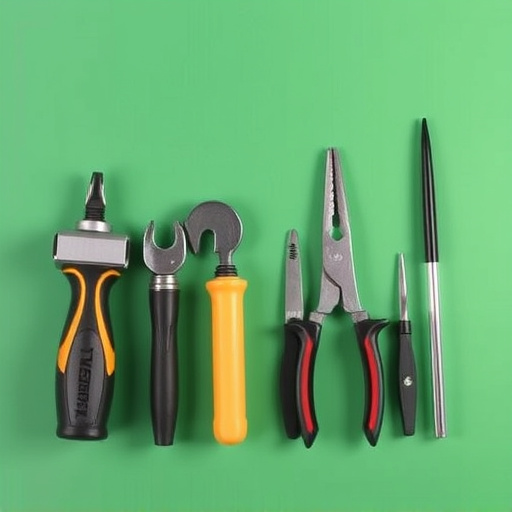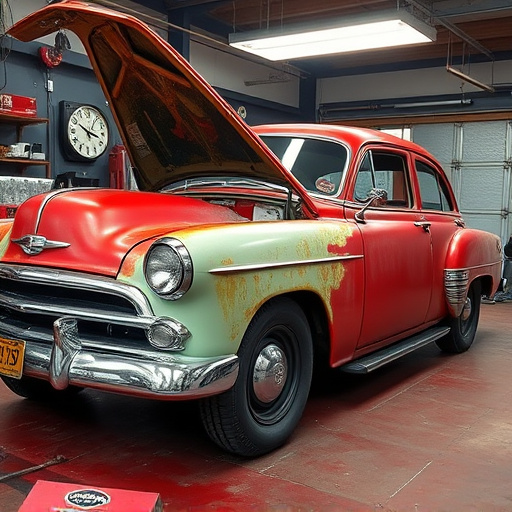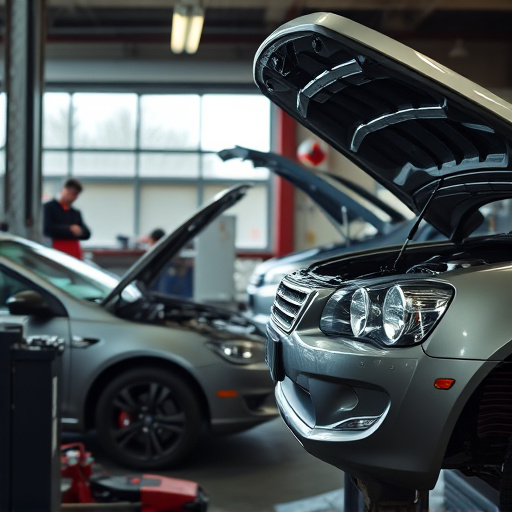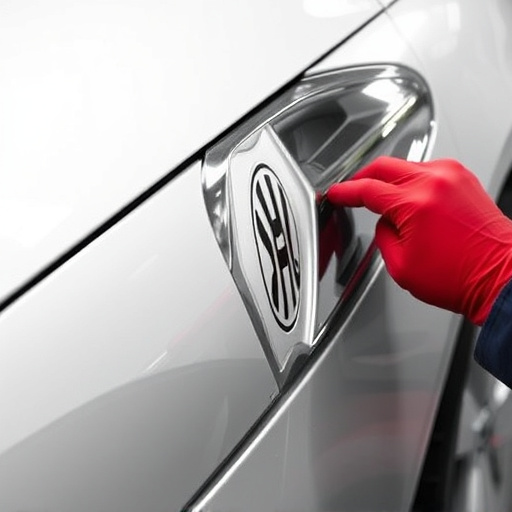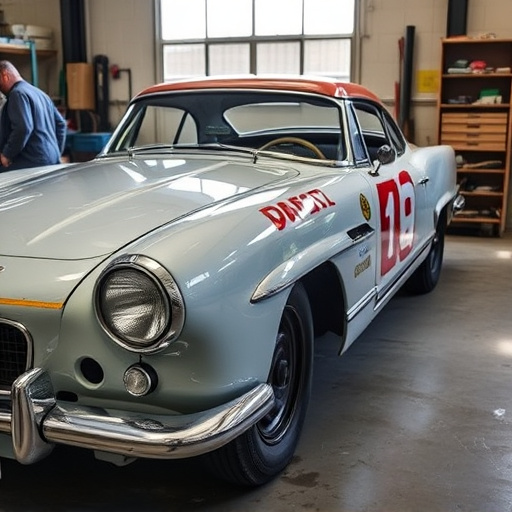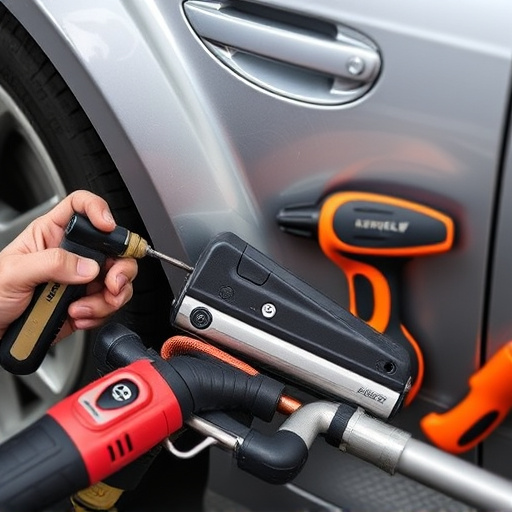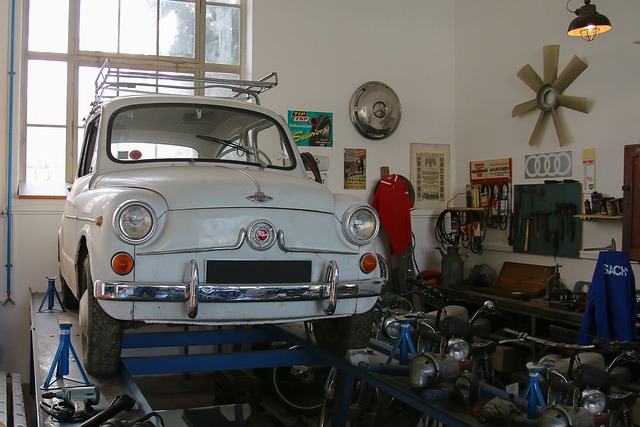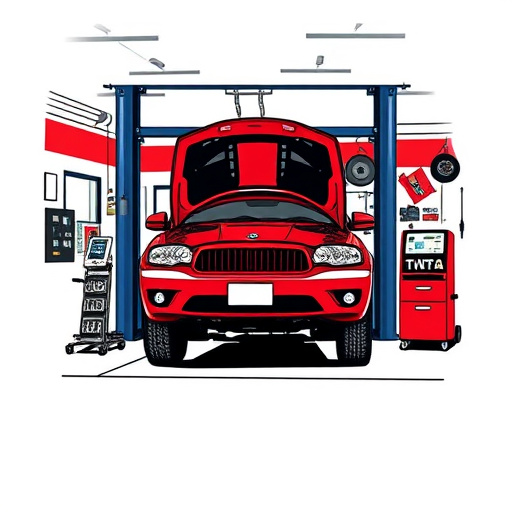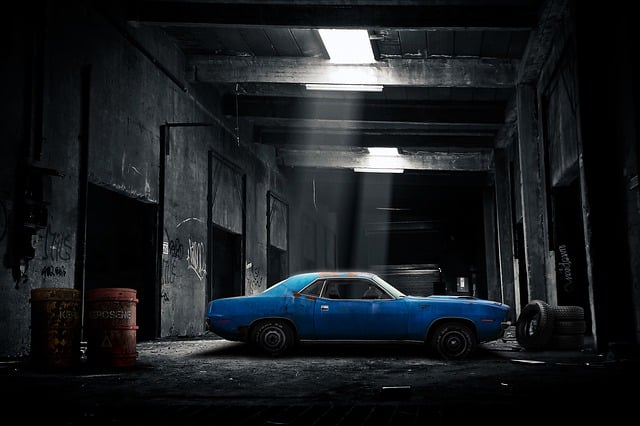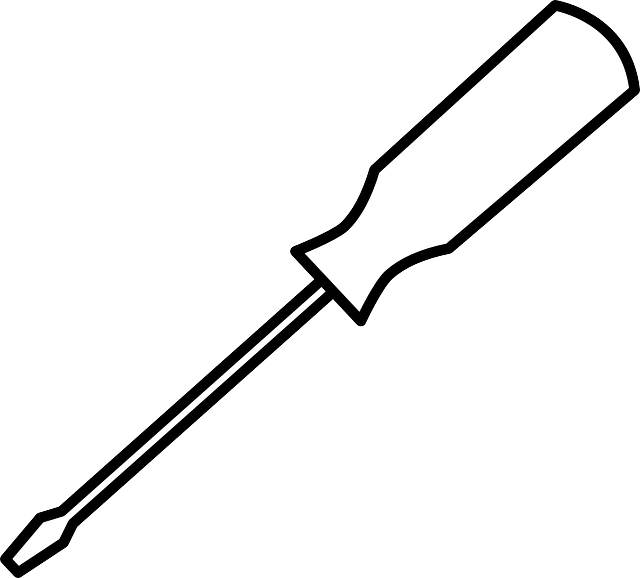Adhering to OEM guidelines is crucial for heat damage auto body repair, ensuring safety and aesthetic integrity through specialized procedures, material understanding, and meticulous techniques like precise heating/cooling, genuine parts use, proper welding, and expert paint matching, thus minimizing risk of further damage while restoring structural soundness and visual appeal.
OEM guidelines play a pivotal role in shaping strategies for repairing heat-damaged vehicles. These standards, set by original equipment manufacturers, dictate best practices and ensure repairs meet stringent quality criteria. Understanding OEM protocols is essential for auto body shops, as they guide techniques from panel replacement to paint matching, ultimately facilitating precise, efficient, and long-lasting heat damage auto body repair. This article explores these guidelines, their impact, and best practices for successful restoration.
- Understanding OEM Guidelines for Heat Damage
- Impact on Auto Body Repair Techniques
- Best Practices for Effective Repairs
Understanding OEM Guidelines for Heat Damage
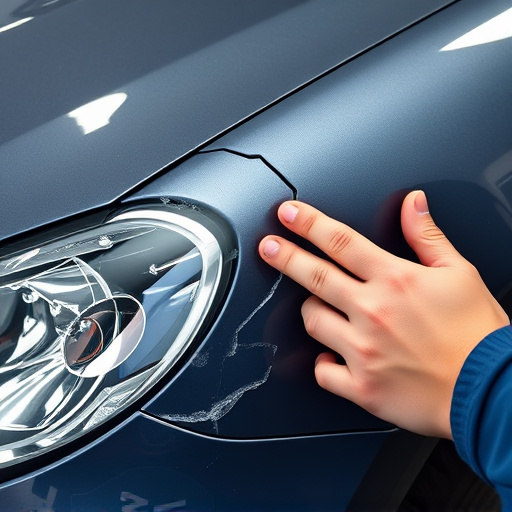
When dealing with heat damage auto body repair, understanding OEM (Original Equipment Manufacturer) guidelines is paramount. These standards are designed to ensure that vehicle restoration accurately replicates the original manufacturing specifications, maintaining both safety and aesthetic integrity. Heat damage can cause significant distortions in metal panels and components like car doors and fenders, requiring specialized techniques for accurate repairs.
OEM guidelines provide detailed procedures for tasks such as panel replacement, including sourcing genuine auto glass replacement parts to maintain optical clarity and structural strength. The guidelines also specify appropriate heating and cooling methods to minimize warping during the repair process. For instance, in automotive collision repair, understanding how heat can affect various materials—from metal to composite structures—is crucial for successful vehicle restoration, ensuring that repairs not only look seamless but also stand the test of time.
Impact on Auto Body Repair Techniques
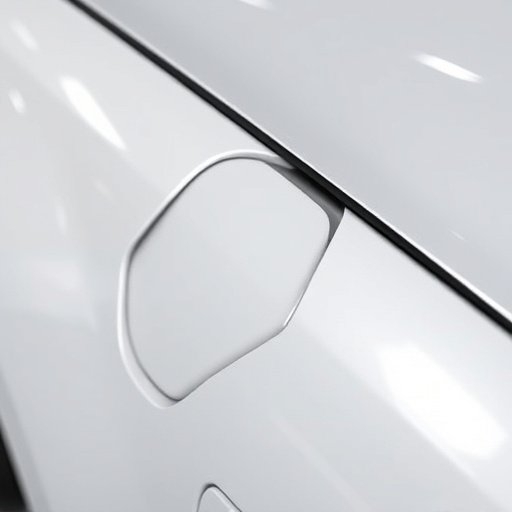
The OEM (Original Equipment Manufacturer) guidelines play a pivotal role in shaping the strategies employed by auto body repair shops when dealing with heat damage. These guidelines provide standardized protocols and specifications that ensure repairs are conducted to the highest possible standards, maintaining vehicle safety and performance. When a vehicle sustains heat damage, such as from a fire or accident, the OEM’s instructions become invaluable resources. They offer detailed steps for disassembly, inspection, and reconstruction, ensuring that every component is meticulously handled and replaced.
This meticulous approach influences various auto body repair techniques. For instance, in scratch repair or collision repair services, technicians must adhere to OEM guidelines to accurately replicate the original factory finish. These guidelines often include specific procedures for painting, priming, and applying coatings, guaranteeing a seamless blend with the existing vehicle parts. By following these protocols, repair shops can deliver top-notch vehicle repair services, restoring not just the physical structure but also the aesthetic appeal of the damaged vehicle.
Best Practices for Effective Repairs
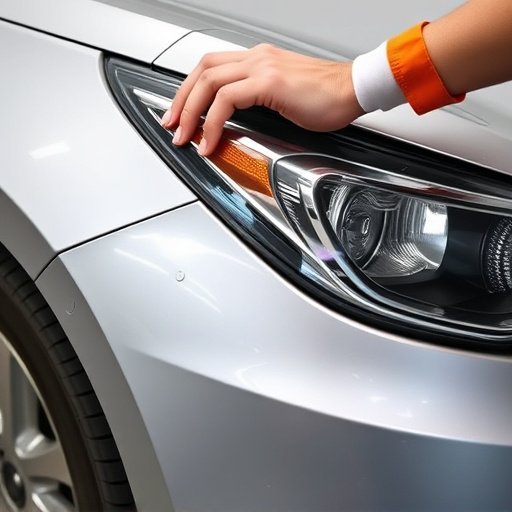
When addressing heat damage auto body repair, following OEM (Original Equipment Manufacturer) guidelines is paramount for achieving effective and lasting results. These guidelines provide a detailed roadmap, ensuring repairs that not only match the vehicle’s original specifications but also minimize the risk of further damage. Best practices include meticulous preparation, such as thoroughly inspecting the affected area, removing any compromised components, and properly cleaning the surface to eliminate debris or contaminants.
Additionally, adhering to OEM standards for material selection and application is crucial. Using genuine replacement parts specifically designed for heat damage repairs ensures compatibility and structural integrity. Proper techniques, like precise welding and expert paint matching, are essential to restore both the aesthetic appeal and structural soundness of the automotive body shop. For classic car restoration enthusiasts or those seeking top-notch auto repair near me, these practices guarantee that repairs not only fix the immediate issue but also preserve the vehicle’s overall value and longevity.
OEM guidelines play a pivotal role in shaping effective strategies for addressing heat damage in auto body repairs. By understanding these standards and adopting best practices, technicians can ensure superior restoration outcomes. This involves utilizing appropriate materials and techniques that align with original equipment specifications, ultimately enhancing the structural integrity and aesthetic appeal of vehicles affected by heat damage. Incorporating these guidelines into repair processes is essential for maintaining vehicle performance and satisfying customer expectations in the competitive automotive industry.



